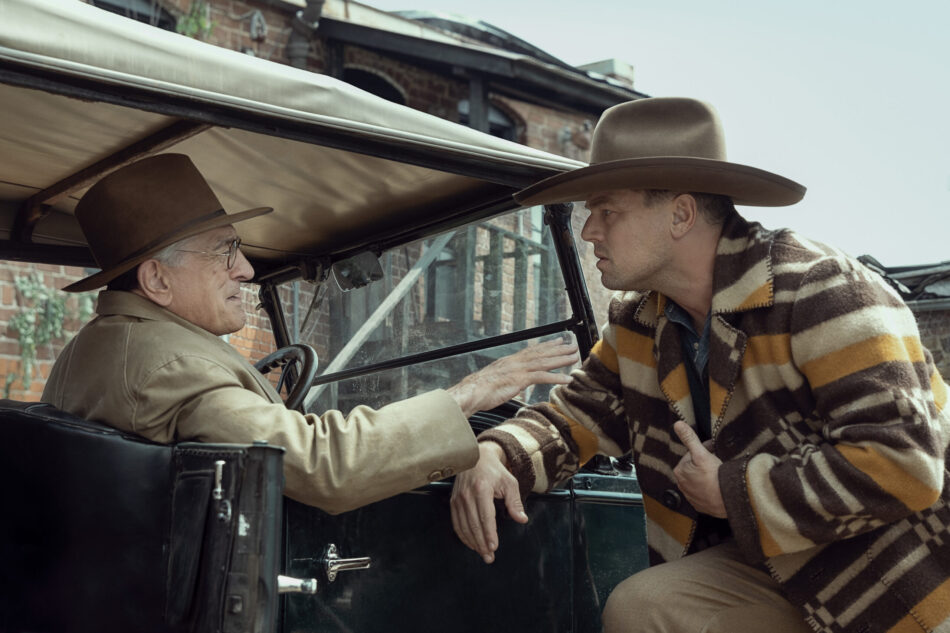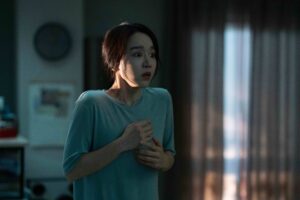Director Martin Scorcese has previously decried superhero movies, claiming they are not cinema. Regardless of what you feel about it and whether he’s right or wrong, one thing remains true: he has earned the right to assert his thoughts about movies he feels are good or bad.
That’s because he knows how to make a good one.
The man has helmed classics, like his latest, Killers of the Flower Moon.
Based on real-life events in the 1920s, the movie talks about the murders in the Osage Nation at the time when oil has made many natives wealthy, prompting the arrival of white people who, subsequently, tried to enjoy the opulence for themselves.
The epic film is headlined by Leonardo DiCaprio, who plays Ernest Burkhart, a young man who marries a native, Mollie (Lily Gladstone) as a show of fealty to his uncle, William Hale, played impeccably by Robert De Niro, who plans to use Mollie to deepen his pockets.
Set in the Osage Nation in 1920s Oklahoma, a terrible time for the Native Americans who were the constant target of violence from greedy ranch owners. The wealth brought about by the discovery of oil made the natives fall prey to criminal activities from awful white people.
Helpless and unwilling to resort to violence, the Osage people became frequent victims until Mollie, sick and dying of diabetes, decides to take one final attempt to get justice.
Clocking in at 3 hours and 26 minutes, Killers of the Flower Moon is way too long. But there isn’t a dull minute in this movie. Scorsese has made sure that every bit of morsel he serves us, we’ll munch and chew and swallow. His storytelling is gripping; it’s tense and petrifying at certain times. He kept us glued and he made us feel for the subject of his material.
The murders at the Osage Nation are horrific. And its depiction in the movie—the way we’ve been shown the motivations behind those acts and the aftermath for everyone involved—can sometimes make watching a bit uneasy, like we’re complicit or something.
And I think it maybe because our main characters are the bad guys; we see things unfold from their perspective more than the victims (like Mollie). We see Hale devise different schemes to silence people or punish them (if they fail to do his bidding) while putting on a caring, loving and neighborly facade.
Burkhart isn’t any different—and perhaps worse than his uncle for what he’s allowed himself to do for the sake of greed and blind loyalty.
When most of the airtime is given to characters like the two, it definitely makes the movie experience something. You’re emotionally invested. And maybe that’s why it’s told the way it was told, to grab us harshly and make us reflect.
It’s exhausting by the time you get to the second half; the emotional impact of the story is too big. And when what Burkhart is doing to his wife was revealed, it gets even more difficult to watch. There’s too much violence and the main characters do it as easily as breathing.
The technicals are superb, no doubt about it. But its greatest strengths are in the cast’s performance and the emotional torture the story takes us through.
The movie is a beautiful direction of a horrible story.
Now that’s cinema.
Watch the trailer here:
Image courtesy of Paramount Pictures International & Apple Original Films


